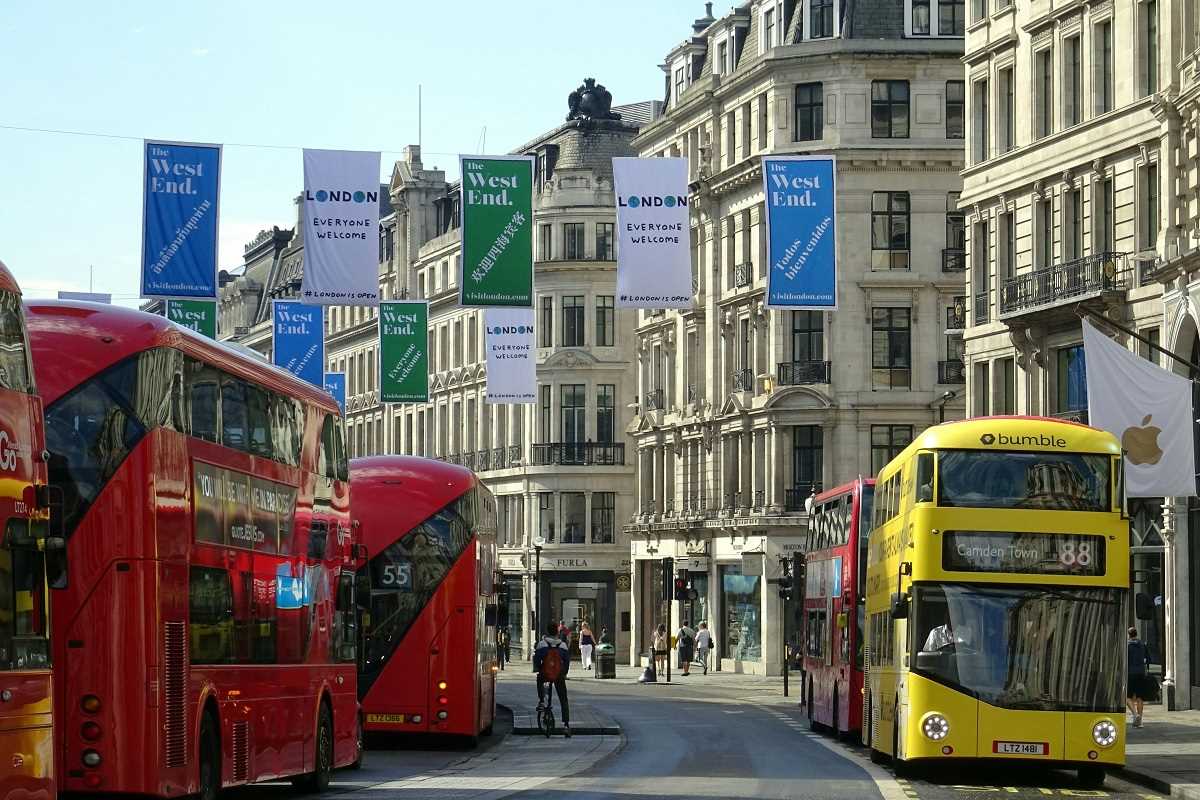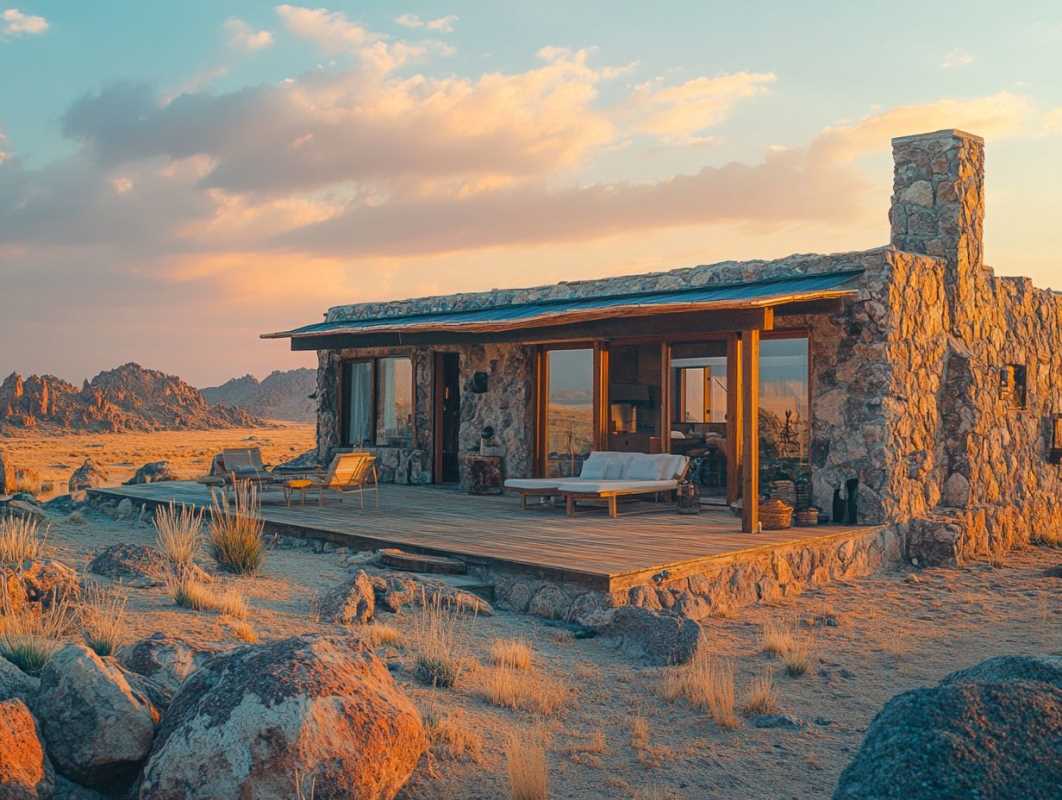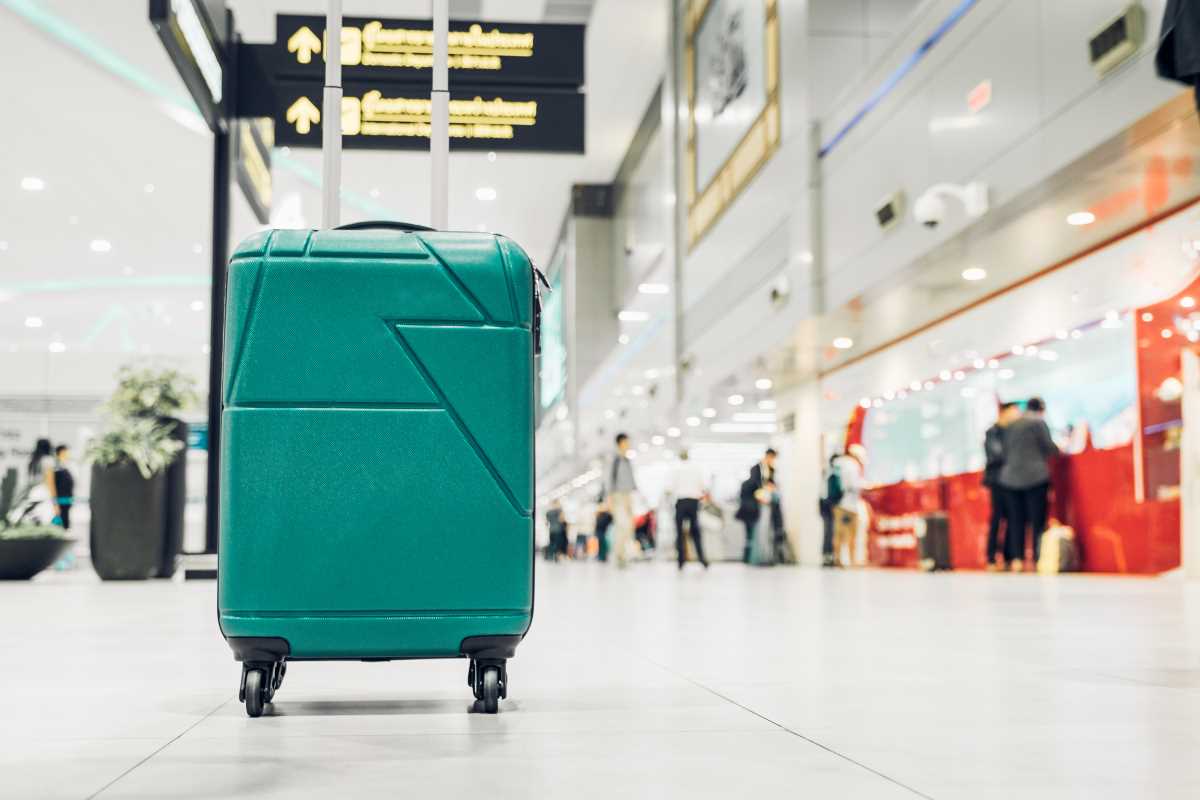Traveling to new places can be an exciting adventure, filled with unique experiences, culture, and exploration. However, among the excitement, it's easy to fall prey to tourist traps—overpriced attractions or scams designed to take advantage of travelers who may not be familiar with local customs, pricing, or the best hidden gems in the area. Whether you're traveling abroad or exploring a destination closer to home, knowing how to spot and avoid tourist traps is key to making the most of your time and money.
Research the Destination Before You Go
The first line of defense against tourist traps is doing thorough research before you set foot in your destination. If you know the areas that tend to attract the most tourists, you can avoid them or at least prepare for what to expect.
- Read Reviews and Recommendations: Websites like TripAdvisor, Yelp, or travel blogs provide reviews from fellow travelers who have already been to the destination. Reviews can give you a clear indication of which attractions are overpriced or underwhelming. Pay attention to frequent mentions of "too crowded," "overrated," or "overpriced."
- Consult Local Resources: Look for tips from locals about what to see and do. Local guides, forums, or social media accounts can offer recommendations for authentic experiences away from the tourist crowds.
- Use Travel Apps: Many travel apps offer insights on the best and worst attractions, restaurants, and activities. Apps like Google Maps, for example, let users leave ratings and comments, which can help you spot potential tourist traps.
Doing this research beforehand equips you with the knowledge to navigate the more popular areas and avoid those that are less worth your time and money.
Be Cautious of Overly Aggressive Marketing
Tourist traps often use aggressive marketing tactics to lure unsuspecting travelers. While these tactics may seem like good deals, they often come with hidden costs or disappointing experiences.
- Street Vendors and High-Pressure Sales: If you're walking through a busy area and find vendors aggressively trying to sell you products or services, be cautious. They often use high-pressure tactics, such as claiming the deal is available for only a limited time or offering "discounted" prices.
- Fake Promises and Free Offers: Some tourist traps may entice you with "free" offers or discounted packages. Whether it’s a free drink at a restaurant or a too-good-to-be-true tour, these promises often come with strings attached. Often, the "free" item is designed to hook you into spending more money.
- Street Performers or Tour Guides: While many street performers and local tour guides offer genuine entertainment and insights, some tourist traps use performers to funnel tourists into overpriced attractions. If the street performers are constantly pushing you toward certain establishments, the place they are promoting may be a tourist trap.
To avoid these scenarios, try to ignore aggressive sales pitches and do your research on activities and restaurants before committing.
Watch Out for the “Most Popular” or “Best Seller” Label
Many tourist traps rely on the "most popular" or "best seller" label to make their attractions seem more desirable. However, these terms are often misleading.
- Overcrowded Attractions: If you see signs or advertisements boasting that an attraction is the "most popular," you may want to rethink your decision. Popular attractions often become overcrowded, overpriced, and underwhelming when compared to more authentic, less-known spots.
- Price Gouging: Tourist traps often take advantage of the high demand for popular attractions by inflating prices. These attractions may offer a generic experience that isn’t worth the price tag. For example, iconic landmarks or theme parks may charge a premium for admission, food, and souvenirs.
- Look for Hidden Gems: Instead of following the crowds to the "most popular" spots, seek out lesser-known destinations or off-the-beaten-path activities that offer a more unique and authentic experience. Many cities have hidden parks, local eateries, or small museums that give you an insider's look at the culture without the hefty price tag.
Question “Authentic” Souvenirs
Souvenirs are an integral part of traveling, but many tourist traps use the word "authentic" as a marketing tool to sell overpriced or mass-produced items.
- Made for Tourists: Many souvenirs are designed specifically for tourists, mass-produced with little regard for local culture or craftsmanship. These items may be sold at inflated prices in areas where tourists gather in droves.
- Compare Prices: Take a walk around before buying a souvenir. If you see the same items in multiple stores or street vendors, chances are they’re not unique or handmade. Local markets or small shops outside of tourist-heavy areas often offer authentic souvenirs at more reasonable prices.
- Handcrafted Goods: When purchasing items that are supposed to be handmade or locally sourced, ask questions about their origin. Craft markets or artisan shops are more likely to offer truly unique products that support local businesses.
By being mindful of where you buy your souvenirs, you can avoid falling into the trap of paying inflated prices for generic items.
Avoid Overpriced Restaurants and Cafes
Restaurants in tourist-heavy areas are often designed with one goal in mind: to profit from the steady stream of visitors. These establishments may offer mediocre food or drinks at high prices with minimal regard for quality or local cuisine.
- Look for the "Tourist Menu": Many restaurants targeting tourists will have a special menu with higher prices and fewer choices than the local menu. If a restaurant has a menu with pictures and multiple languages, it could be a sign they cater primarily to tourists.
- Check for Local Dining Options: Seek out restaurants that are frequented by locals. These places usually offer more authentic and reasonably priced meals. Ask your hotel staff or guides for recommendations.
- Read Reviews Carefully: Again, reviews are an excellent resource to spot overpriced or subpar dining options. Look for words like "tourist trap" or "too expensive for what it is."
Taking the time to find a great, authentic local spot will save you money and give you a much more rewarding dining experience.
Don’t Fall for the “Scenic View” Surcharge
At popular tourist destinations, restaurants, cafes, and hotels near scenic views or historical landmarks often charge a premium for the privilege of having a great view. While it’s tempting to dine with a scenic backdrop, the experience may not be worth the inflated price.
- Restaurants with Views: Dining near an iconic monument or scenic view can be lovely, but it’s often overpriced. Instead, look for spots a little further away from the main attraction where you can still enjoy the view without paying a premium.
- Cafes with Scenic Overlooks: Similar to restaurants, cafes near popular spots often charge more for their location rather than the quality of their offerings. Look for cafes with great ambiance and delicious food, even if they’re a bit off the beaten path.
Be Wary of Tour Packages
Tour packages that seem to include "everything" often come with hidden costs or underwhelming experiences. While guided tours can be a great way to explore a destination, some packages are designed purely for profit rather than providing value.
- All-Inclusive Tours: Be cautious of all-inclusive packages that promise to take you to multiple attractions in a single day. These tours often focus on quantity over quality, rushing you through several attractions without giving you the time to enjoy them properly.
- Check What’s Included: When booking a tour, read the fine print to see what is included in the price. Sometimes the cost of admission, meals, or tips are not covered in the package price, leaving you with hidden expenses.
Tourist traps are everywhere, but with a bit of knowledge and caution, you can avoid falling into their grasp. By doing your research, avoiding overly aggressive sales tactics, questioning “authentic” claims, and seeking out local experiences, you can make the most of your travels while saving both time and money. With these tips, you'll be able to distinguish between the authentic experiences that add value to your trip and the tourist traps that simply drain your resources.
 (Image via
(Image via





